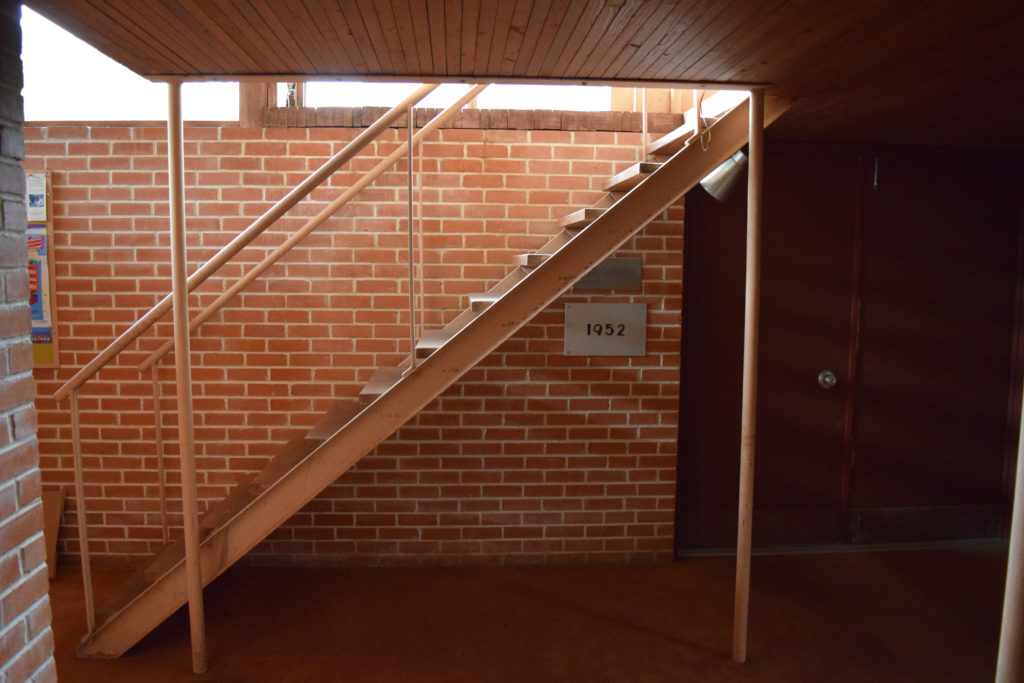Resilience Treatments & Strategies
Stairs

Description
A circulation component of your building, providing passage between stories. Stairs are comprised of treads (horizontal surfaces) and risers (vertical surfaces). The configuration of stairs, such as their shape in plan and the ratio of tread depth to riser height, is important. These affect your building’s ability to provide safe access to higher ground inside a structure (such as in the event of a flood) and to exterior egress (a life safety concern, and particularly important in the event of a fire).
Typical risk factor of this component:
Low
Stairs are typically not exposed to elements such as wind and rain. Their importance to the structure’s stability and the impact their failure might have on other assemblies are both low.
Typical Damages from Floods or Hurricanes
- Mold growth
Other common conditions contributing to vulnerability towards floods or hurricanes
- Defects (e.g., general wear) in finishes
Resilience Treatments and Strategies
In-house
- Repair or refinish nonstructural components (e.g., treads and risers).
Professional needed [type]
- Reframe or rebuild structural components of stairs (e.g., stringers) [architect].
Stairs

Description
A circulation component of your building, providing passage between stories. Stairs are comprised of treads (horizontal surfaces) and risers (vertical surfaces). The configuration of stairs, such as their shape in plan and the ratio of tread depth to riser height, is important. These affect your building’s ability to provide safe access to higher ground inside a structure (such as in the event of a flood) and to exterior egress (a life safety concern, and particularly important in the event of a fire).
Typical risk factor of this component:
Low
Stairs are typically not exposed to elements such as wind and rain. Their importance to the structure’s stability and the impact their failure might have on other assemblies are both low.
Typical Damages from Floods or Hurricanes
- Mold growth
Other common conditions contributing to vulnerability towards floods or hurricanes
- Defects (e.g., general wear) in finishes
Resilience Treatments and Strategies
In-house
- Repair or refinish nonstructural components (e.g., treads and risers).
Professional needed [type]
- Reframe or rebuild structural components of stairs (e.g., stringers) [architect].